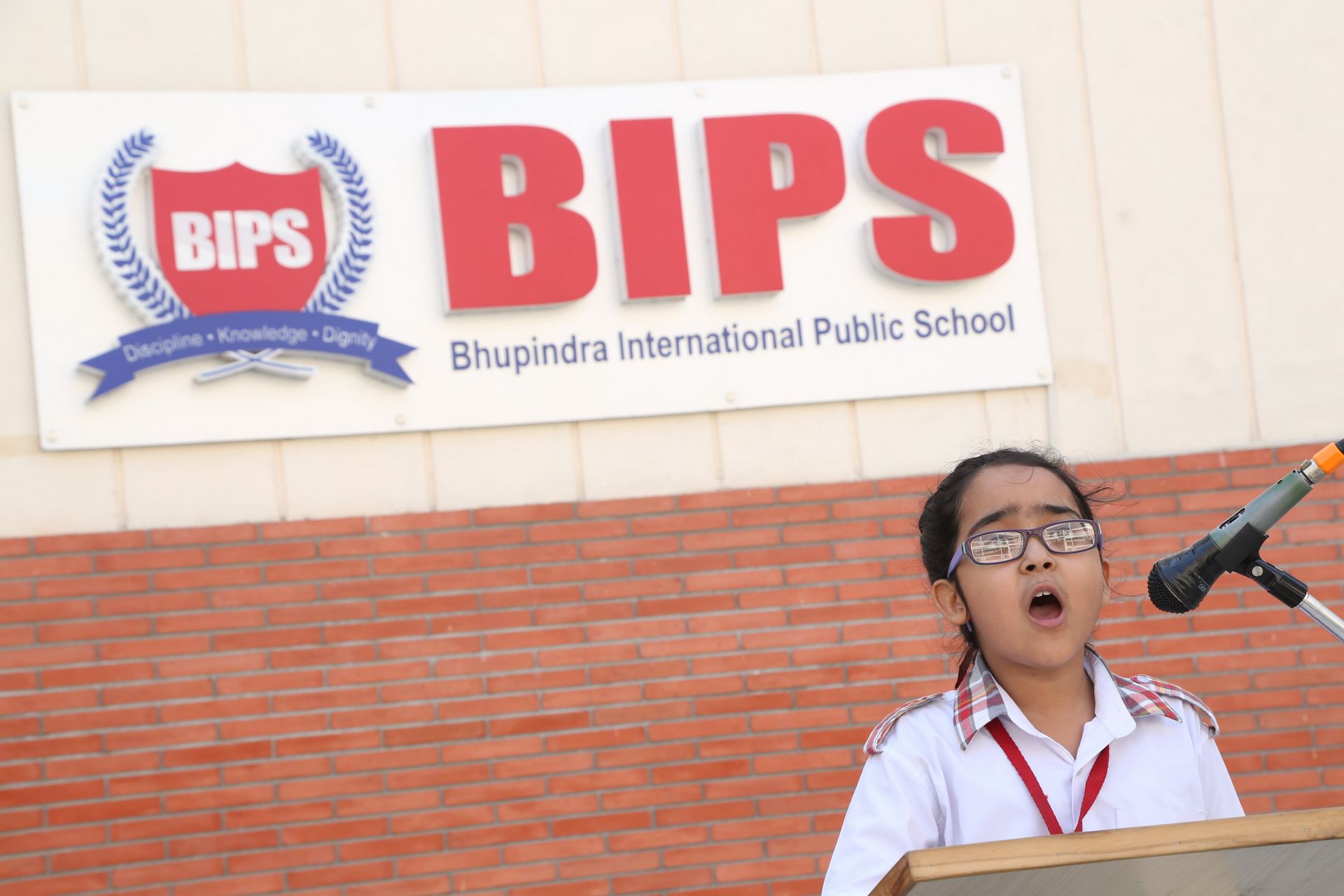The transformation from a restless student holding the microphone at morning assembly to a self-assured performer holding court on the annual day stage is one of the greatest joys of a student’s school life.
It’s so much more than learning to present in public it is developing the cornerstone to self-belief that will propel far in life.
The Humble Beginning: Magic in Morning Assembly
Morning assemblies can seem like routine, but they are the perfect practice fields for young minds. When a seven-year-old stands up to give the “thought of the day” or announce the weather, they are setting their sights on the art of public speaking for the first time,

The smiling faces of class masters and teachers create a relaxed atmosphere where mistakes are met with encouragement rather than criticism.
These everyday encounters permit kids to rehearse valuable skills: using their voice to lead, sustaining eye contact, and structuring their ideas. Most significantly, they know that public speaking does not have to be intimidating, it is simply another means of communication and connection.
Class Presentations: Finding the Voice
As they go about their school life, class presentations come next on the rung. Science project displays, book reports, and show and tell presentations progressively widen their comfort zone.
They learn to articulate abstract concepts, answer questions from fellow students, and justify their opinions based on evidence and reasoning.
The beauty of class presentations is that they are low-stakes. Students can experiment with different presentation styles, see how their peers do it, and receive constructive feedback in a supportive and non-threatening environment.
They discover that confidence is not being perfect but being well-prepared and authentic.
Inter-House Competitions
School competitions introduce an element of healthy competition that pushes students to perform their best. Whether it is a debating competition, quiz competition, or a story-telling competition, competing for their class or house introduces an element of responsibility and pride into their act.
These experiences teach students to respond to pressure in a gracious manner, move rapidly, and remain cool even when confronted with stiff competition. They understand that winning is not the goal, but always giving one’s best efforts is.
The experience of winning and losing is a life lesson embedded in the fervor of the school spirit.
Cultural Projects: Uncovering Hidden Potential
Cultural festivals and events also provide opportunities for students to learn about different facets of their personality. A timid student might realize their dramatic talent, and a reserved child might flourish through a dance recital.
These schemes welcome diversity of talent and help students understand that there are different facets to being bold and expressing oneself.
Group performances also instill collaboration, timing, and the role of assisting others in their success.
Students learn that individual success leads to collective success and that collective success leads to individual success.
The Grand Finale: Annual Day Glory
The last day of the year is the culmination of all those small experiences. The students have already gained layers of confidence from having done so many small things. They have learned how to cope with nerves, relate to people, and present themselves confidently.
Annual day performances are unique because they unite the community and the families. Students are able to highlight not only their personal growth, but also the fact that they can be part of something larger than themselves.
The professional lighting, elaborate costumes, and full auditorium provide a venue that makes the individual performer feel like a star.
Beyond the Stage: Life Skills in Action
The confidence gained from these school performances carries well beyond the school auditorium. Actively involved students have superior communication skills, more leadership potential, and more capacity to cope with adversity.
They are more apt to take on new tasks, contribute in class discussions, and seek leadership positions.
These experiences teach them that development happens beyond their comfort zone, and that all experts were once beginners. The child who would cringe in fear at morning assembly becomes the teenager who confidently interviews for college acceptance or the young professional who presents in boardrooms.
Conclusion
From the first nervous chuckle in morning assembly to the thunderous applause on annual day, each performance is a brick in the confidence building edifice. Schools that recognize this process and provide students.
The light does dim after the last curtain call, but the confidence they have developed under the hot lights continues to shine on every path these students will take. As we prepare young performers, we are not merely preparing them for school plays, but for life itself.


